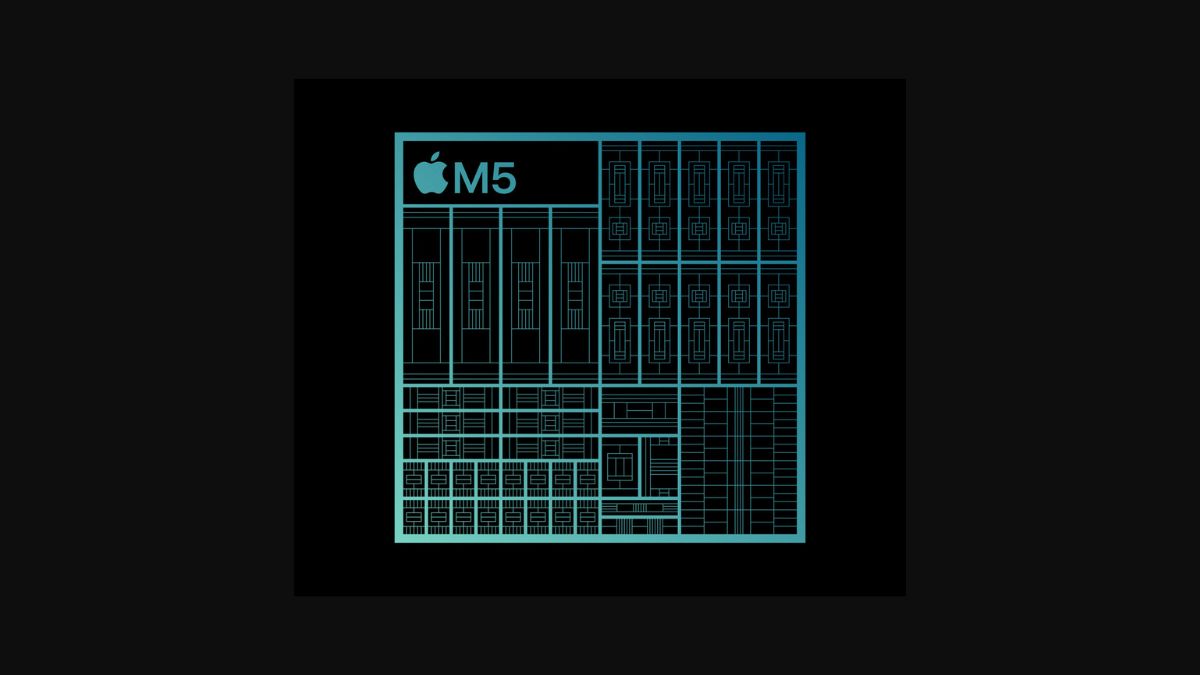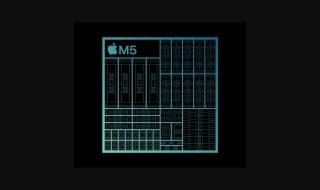Apple has officially unveiled the M5 chip, the next major upgrade in its Apple Silicon lineup. This new processor focuses heavily on AI performance, graphics power, and energy efficiency. It also boasts of setting a new benchmark for devices like the MacBook Pro, iPad Pro, and Apple Vision Pro.
The M5 is built using 3-nanometer technology. It packs a new 10-core GPU that includes a Neural Accelerator in every core. This setup gives the M5 over 4x faster GPU compute performance for AI tasks compared to the previous M4 chip. In simple terms, apps that rely on AI will now run much faster and smoothly.
Apple also upgraded the 16-core Neural Engine, which now works hand in hand with the GPU’s Neural Accelerators. Together, they deliver better performance for on-device AI tasks, like Apple Intelligence features, image creation in Image Playground, and spatial scene generation in Apple Vision Pro.
The new GPU architecture is another highlight. Apple claims up to 30% faster graphics performance than M4, and 2.5x faster than M1. The chip also introduces third-generation ray tracing, which improves realism in 3D apps and games. Popular titles like Cyberpunk 2077 will now run smoother with sharper visuals and faster rendering.
Apple Vision Pro also benefits. It can now render 10% more pixels and reach refresh rates up to 120Hz.
The 10-core CPU combines six efficiency cores and four performance cores. It claims to
deliver up to 15% faster multithreaded performance than M4. That means faster multitasking, quicker app launches, and smoother workflows for heavy-duty users.
Apple has also boosted unified memory bandwidth to 153GB/s, nearly 30% more than M4. It allows the chip to handle larger AI models and creative workloads entirely on the device. With support for up to 32GB of unified memory, users can easily run demanding apps like Photoshop and Final Cut Pro side-by-side without slowdown.
The M5 chip is designed to take full advantage of Apple’s software ecosystem. Developers can use Apple’s frameworks like Core ML, Metal Performance Shaders, and Metal 4 to automatically gain performance improvements. The new Tensor APIs also allow direct programming of Neural Accelerators, giving developers more power to optimize AI performance in their apps.












